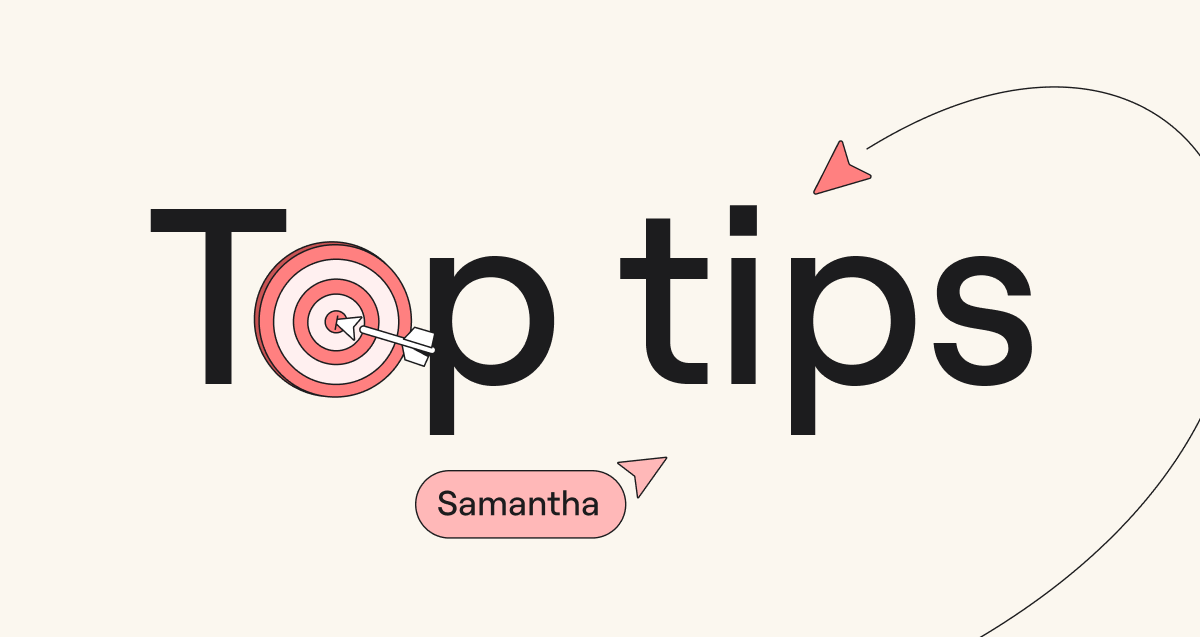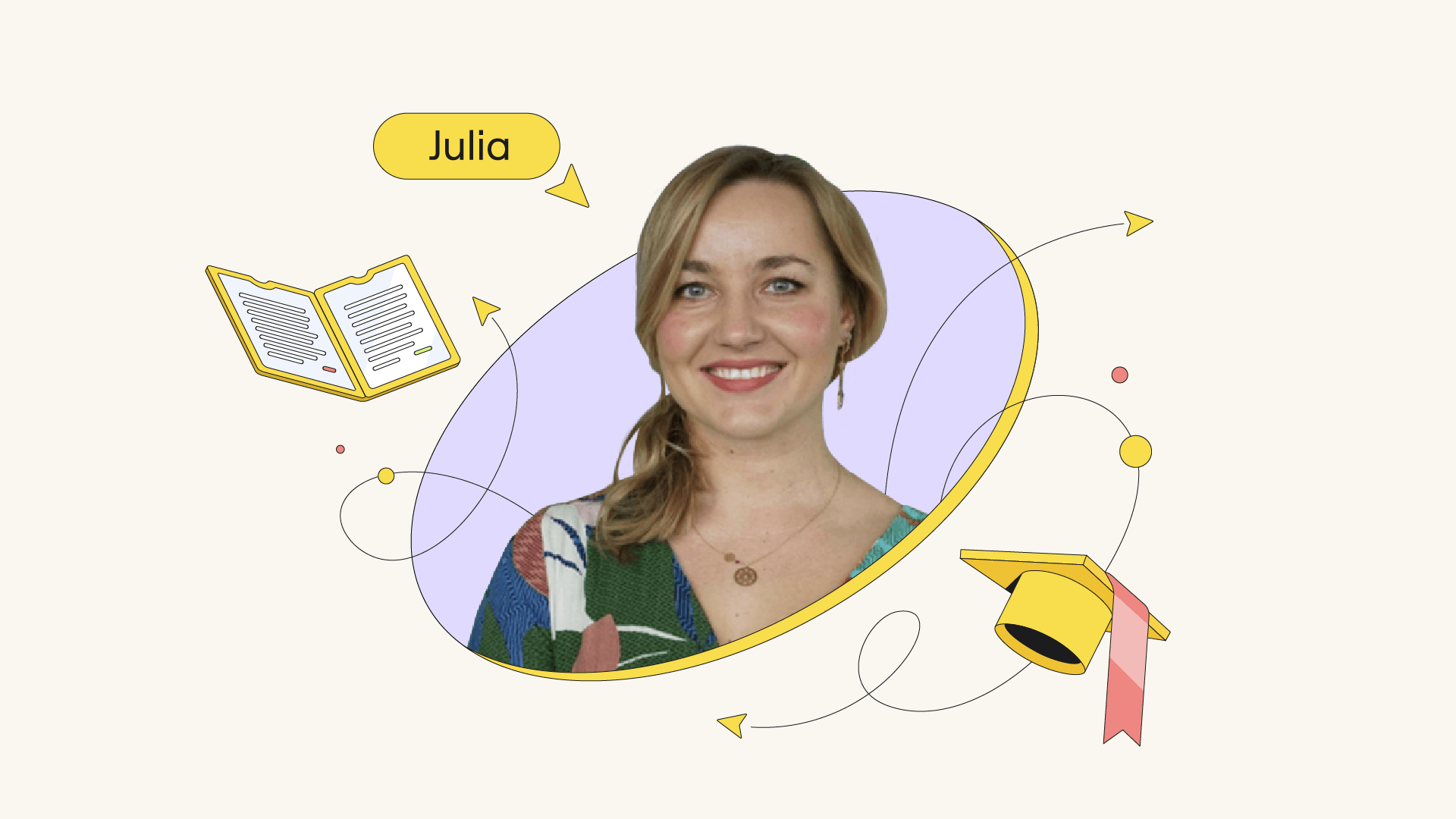Today we’re joined by Samantha Lisik, a Berlin-based Technical Recruiter, who serves as our field guide to all the ins and outs of Miro’s Engineering recruiting process.
Hi! I’m Sam, a Technical Recruiter at Miro’s engineering hub in Berlin, and I know firsthand that applying for a job can be stressful and overwhelming. In the last 20 months, our user count has grown from 5 million to more than 30 million, and 99% of Fortune 100 companies now use Miro — which means our growth as a company will only continue to accelerate.
Here, I’ll let you in on some of the best tips and insights from a recruiting perspective on how to ace Miro’s engineering interviews.
Ready to co-create the future together? Then let’s get started!
Engineering hiring 101
First things first. Our interview process for engineering roles is similar for all our hiring locations, or “hubs,” and usually looks like this:
Interview process
Depending on the function and seniority of the role, there might be additional stages in the process. As of April 2022 (the time of this publication), all interviews take place over Zoom.
Now, let’s dive deeper into the interview phases.
The first thing you’ll do in any engineering interview process is speak with a recruiter. At this point, here’s what we ask of a candidate:
- Your motivations for joining Miro
- Knowledge about Miro as a company and a product
- Relevant experiences that’ll make you a good fit for the role
Here are my tips to make sure you’re prepared:
Update your CV/resume
This document should showcase your most recent and relevant experiences to help your recruiter familiarize themself with your current skill-set. Consider what you’d most like to highlight in the interview, and make sure it’s also included — there’s nothing worse than forgetting to document a position that makes you a perfect fit!
Keep your answers clear and concise
As recruiters, we only have around 45 minutes to assess your fit for the role, so listening closely and answering questions in a structured way will take you far. Back up your answers with concrete examples from your past experiences. If you’re fairly new to the job market or interviews stress you out, try practicing with a friend or a family member. Record it and listen to yourself prior to the interview. This kind of rehearsal can help you be more precise and focused during our time together.
Ask questions
Assembling relevant questions not only helps you better understand the company and the role, it also shows your motivation and preparation for the interview. We love to see candidates who are engaged, curious, and passionate.
You made it through the first interview! Now, it’s time for the next round.
Miro assesses technical skills through Live Coding and System Design because we believe this approach allows us to understand your engineering skills in the best, most comprehensive way possible. Solving complex problems and working with architecture are among the most relevant skills for software engineers here at Miro. Live Coding, a common model of assessment amongst other companies of our size, also helps us evaluate your technical communication skills.
During this stage we assess your:
- Technical competency
- Coding skills
- Problem-solving abilities
Over the course of one hour, you’ll be asked to collaboratively solve one or more algorithmic problems. Typically, a maximum of two coding questions are asked during the interview. You’ll also have the opportunity to learn more about the company and the engineering team itself from two Miro engineers.
With this in mind, here are our main recommendations for doing well in the Live Coding session:
Brush up on your computer science skills
We expect you to be familiar with fundamental algorithms, data structures, and Big O notation, so make sure you’ve done your homework before the meeting. It might also help to go through some HackerRank exercises, so that you can get familiar with the interface and understand how to run the code.
Prep your space
Nothing’s worse than working hard to prepare for an interview and then, day-of, suffering a poor internet connection or getting distracted. Make sure you’re in a quiet space and that your internet connection is stable, so you can stop sweating the small stuff and focus on giving us your best work.
Now it’s time for the System Design interview. At this point, you have an hour to show off your skills in the following areas:
- Architectural knowledge
- Problem-solving
- Collaboration
- Decision-making
- Understanding trade-offs
This phase isn’t so much about coding as it is about diagramming and high-level architecture, with the chance to deep-dive into specific topics.
To best prepare, you’ll want to:
Familiarize yourself with Miro
This meeting occurs in a Miro board, which means you’ll need to know how to use one. Take some time to play around, if you haven’t gotten the chance yet. To get started, watch this helpful three-and-a-half minute video created by our Education team, Getting started with Miro.
Come with questions
Remember, this meeting is also meant to answer your questions, so make sure to prepare some ahead of time. Maybe you want to hear more about our technical stack, documentation, your potential scope of duties… whatever strikes your fancy!
Congrats, you’ve made it through the recruiter call, the Live Coding session, and System Design! Now it’s time to meet your future team. Usually your interviewers will be from the engineering, product, and design departments, since Mironeers work fairly cross-functionally.
This phase of the interview process typically focuses on how well you’ll fit on the team. However, for some roles, there might be some specific technical questions, so it never hurts to prepare.
We recommend reading through our company mission statement to better understand what drives us and what kind of values we share.
Our values are a framework which we follow throughout the interview process, including the interview with the team. In this stage, we specifically focus on collaboration (play as a team to win the world) and iteration (learn, grow, and drive change).
We’ll ask you evidence-based questions to assess how you work in a cross-functional team, how you communicate with other team members, and how you deal with feedback. We may also ask for examples of successes and failures in your professional career.
Think about specific examples from your current job and remember to highlight your contributions to the product that you are working on. This helps the team better understand your experiences and what skill-set you can bring to the team.
You’ve made it! It’s time for the last phase of your interview process: speaking with the hiring manager, who is usually from the senior engineering leadership team.
In this final conversation, we’ll assess:
- Communication skills
- Proactivity and ownership
- Growth mindset
- Your areas of interest (such as design or architecture)
- Maturity in engineering processes
- Experience with working on complex projects
- Experience with technical leading and mentoring (for leadership roles)
We recommend thinking about all the things that you have observed throughout the interview process and addressing any remaining questions in this call with the hiring manager. Remember, asking questions is a way of showing your way of thinking and what motivates you. Hiring managers are looking for someone who not only has the technical skills, but who also can bring a new perspective to the team.
Conclusion
After speaking with the hiring manager, it’s time to finalize the whole process. We’ll let you know our decision within 24 hours.
I hope you find this guide to the Engineering recruitment process helpful. Good luck with your interviews!



